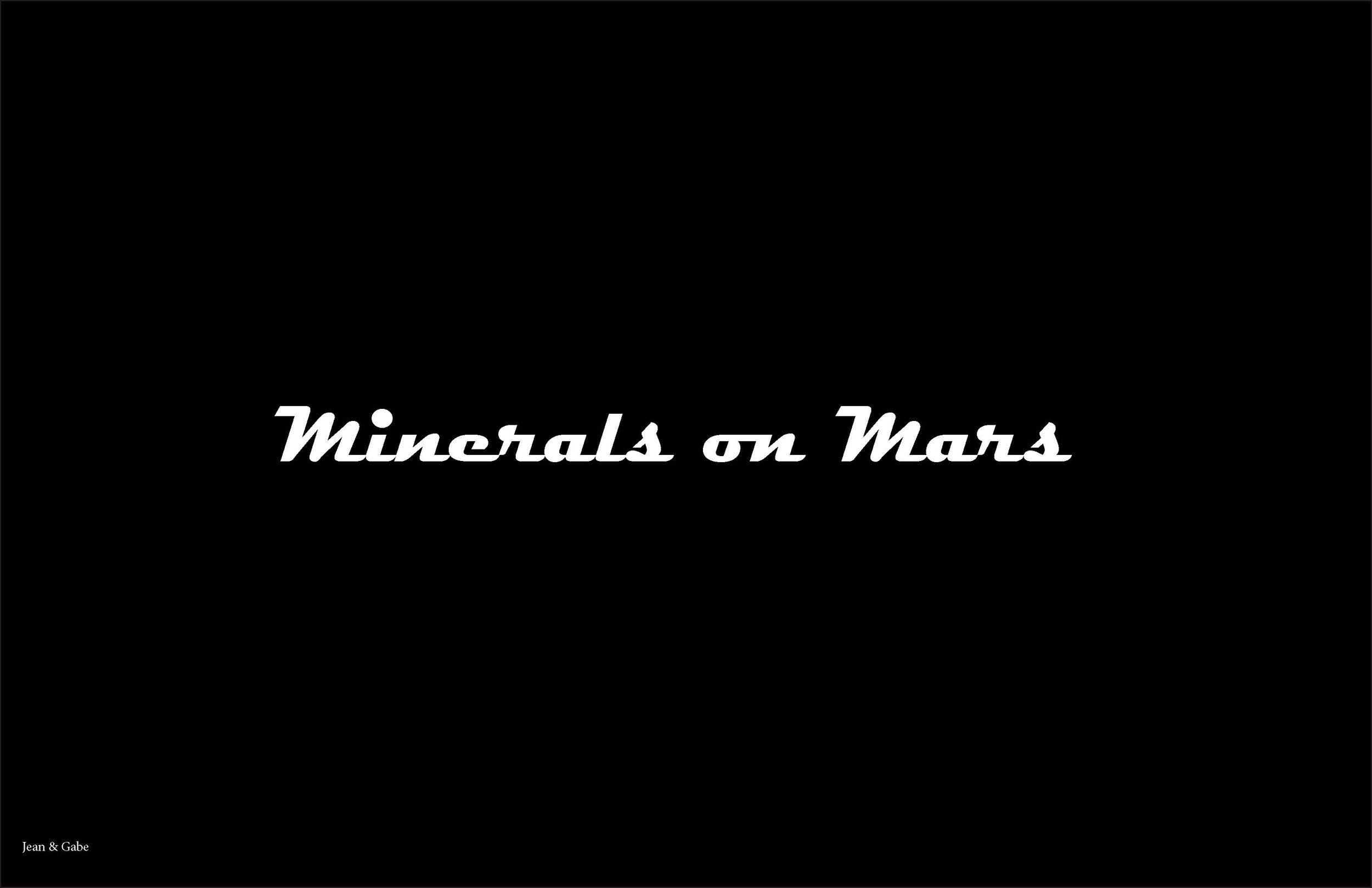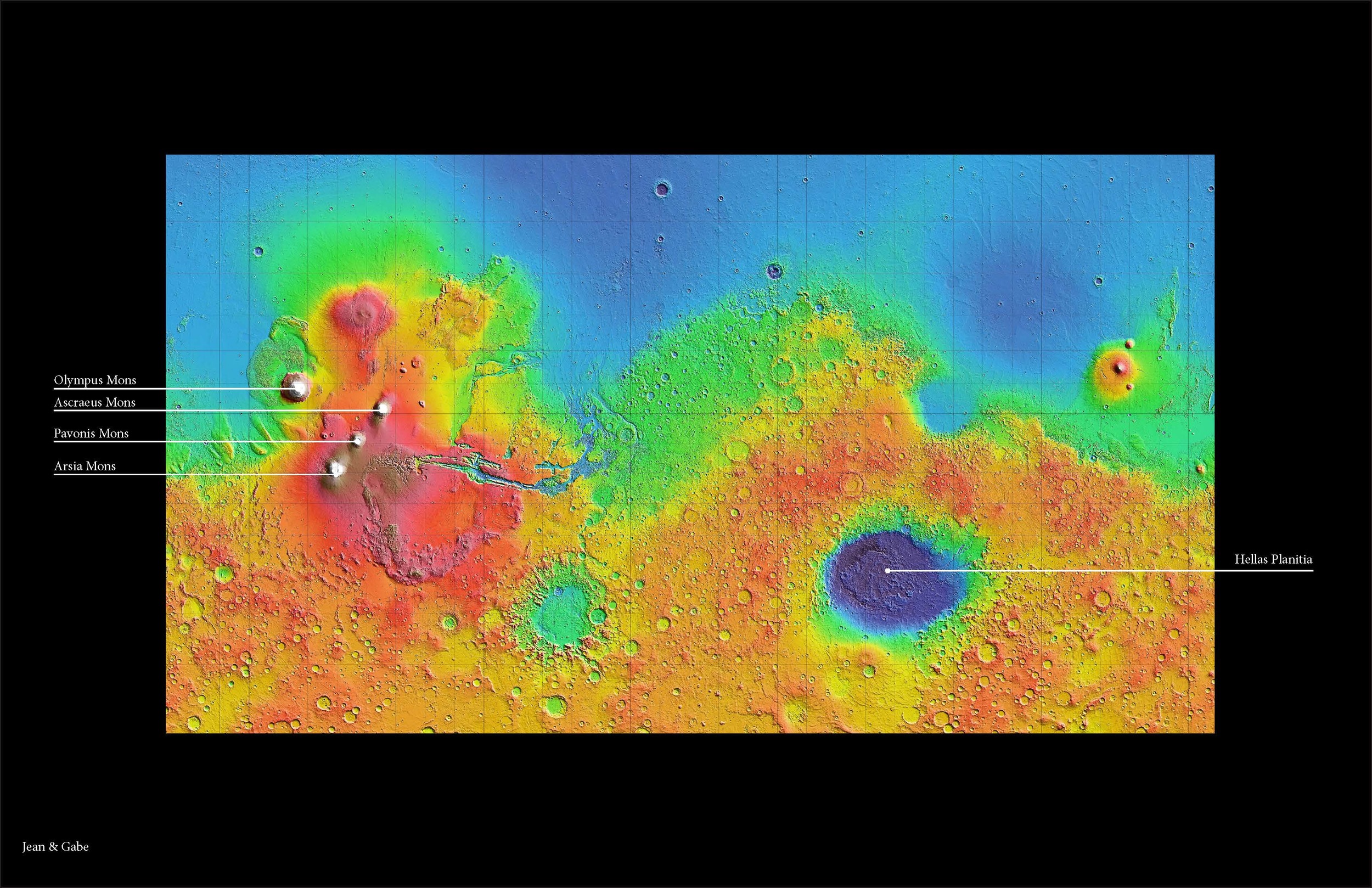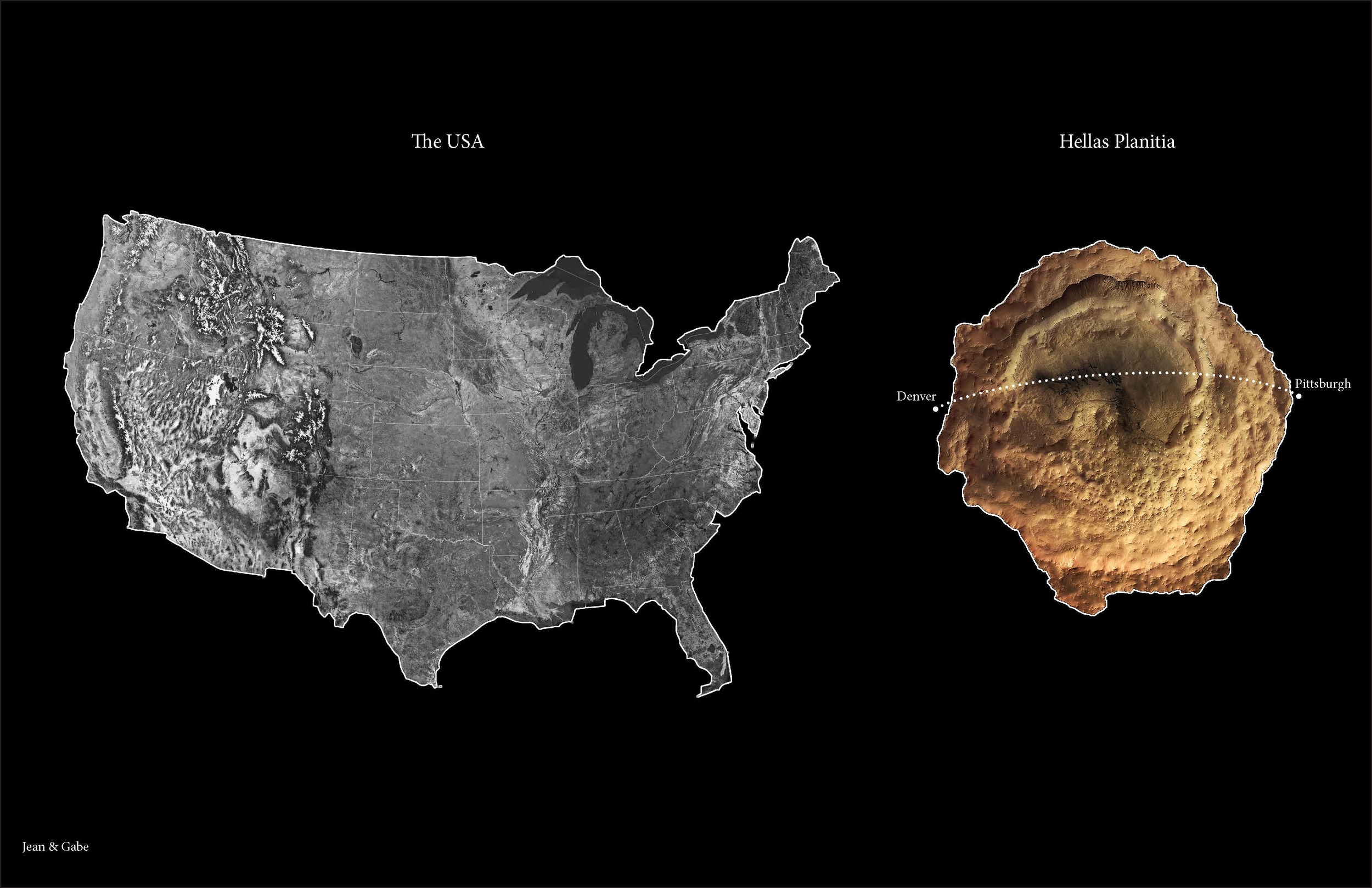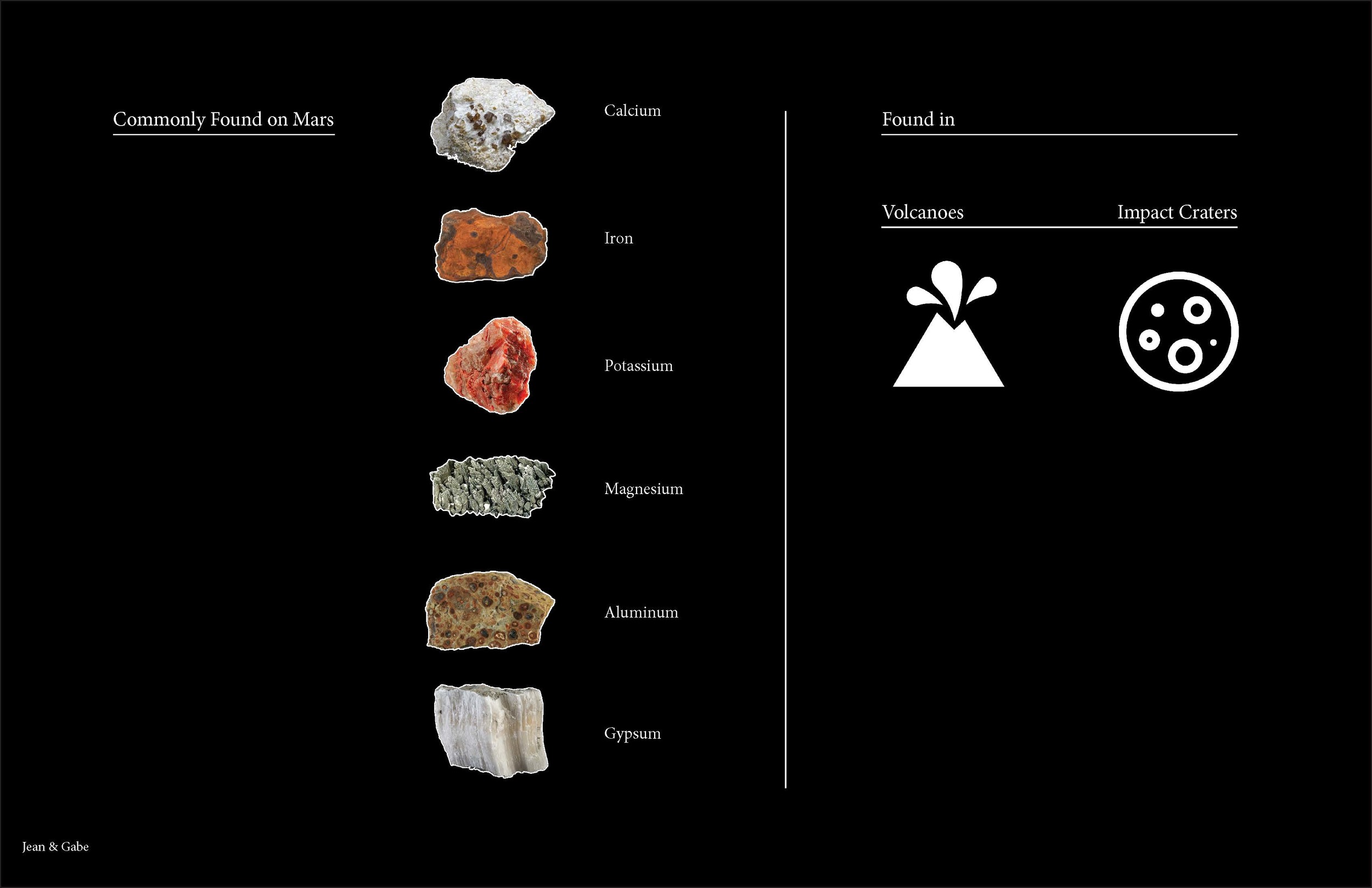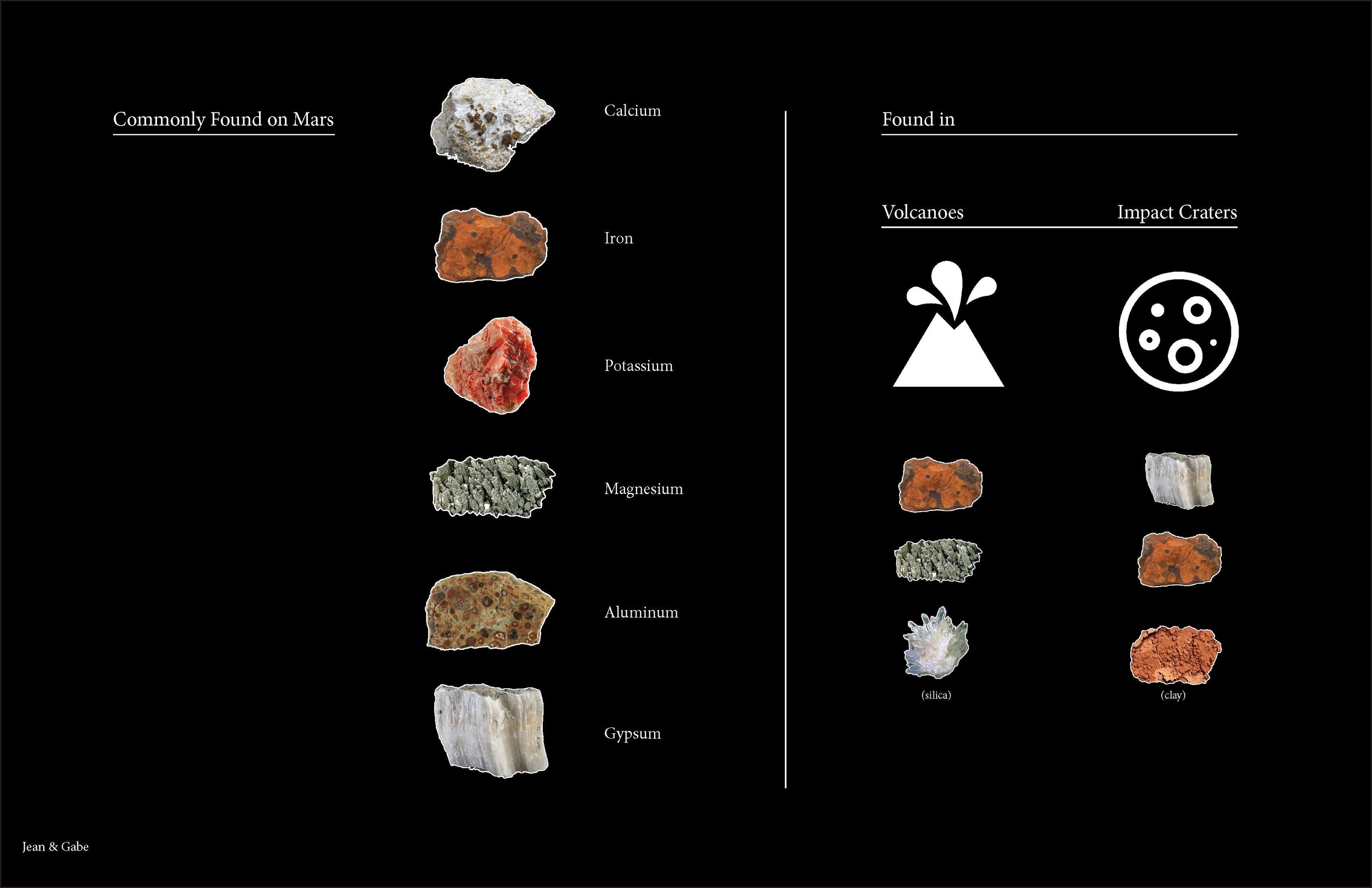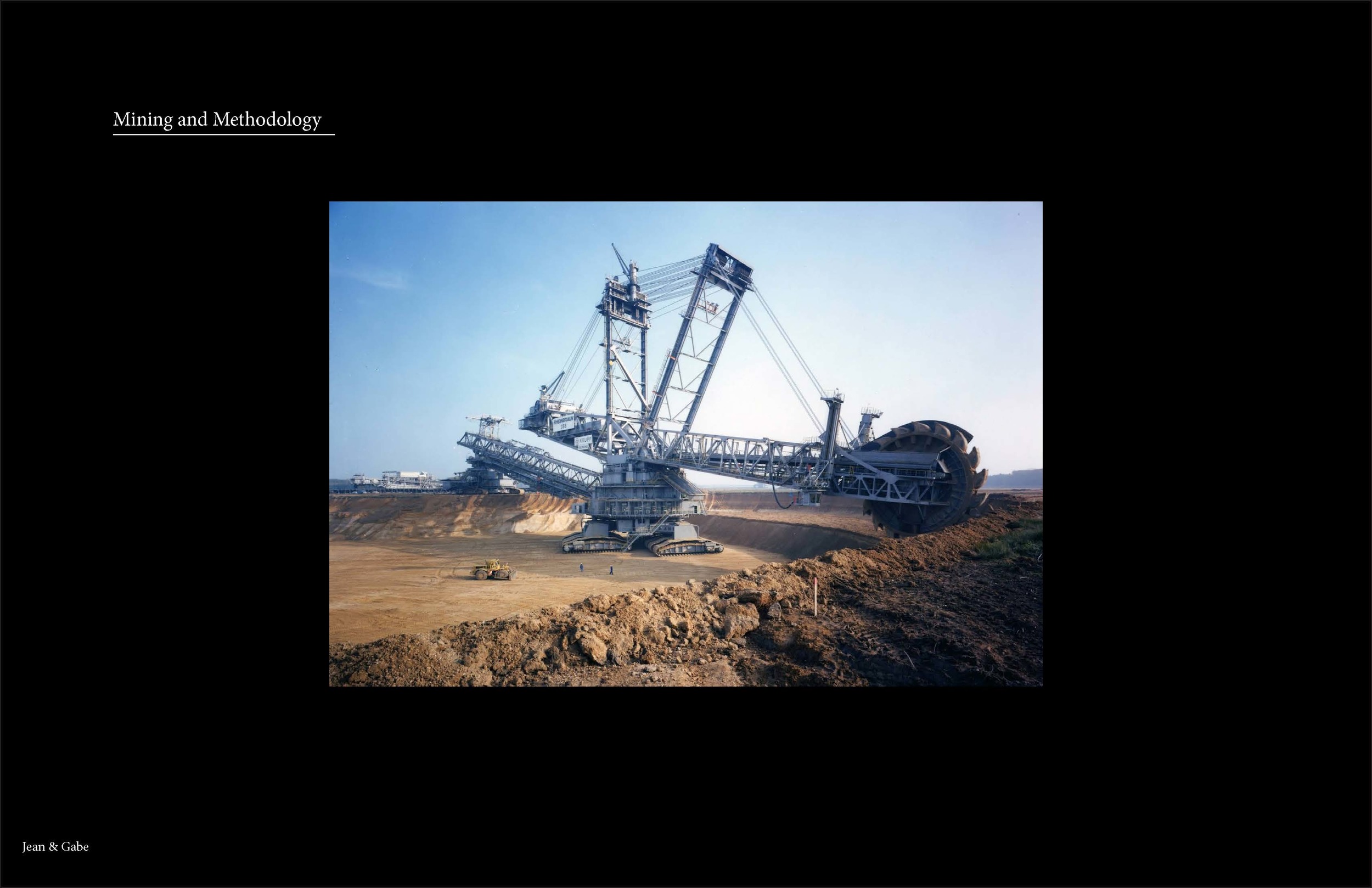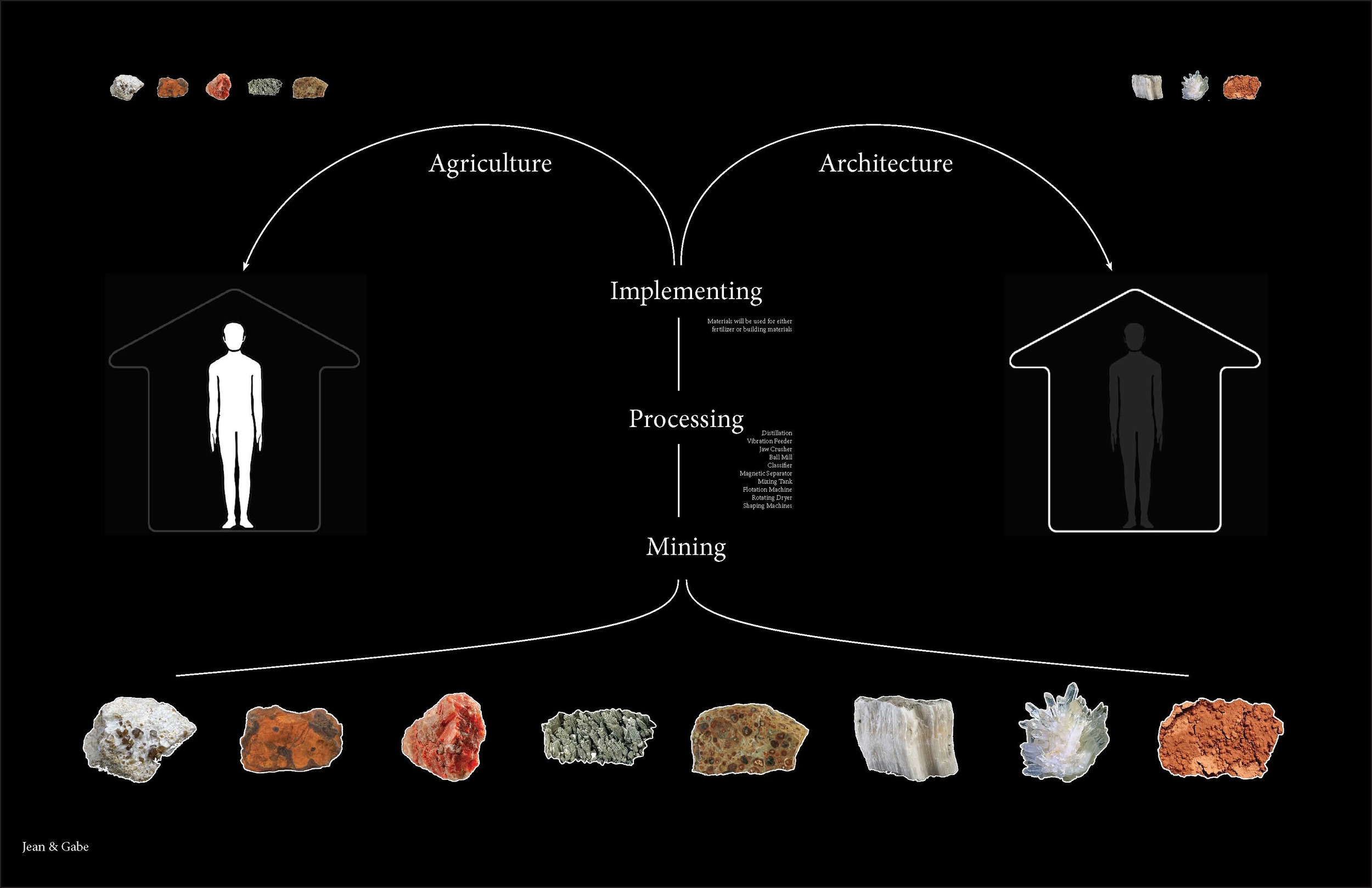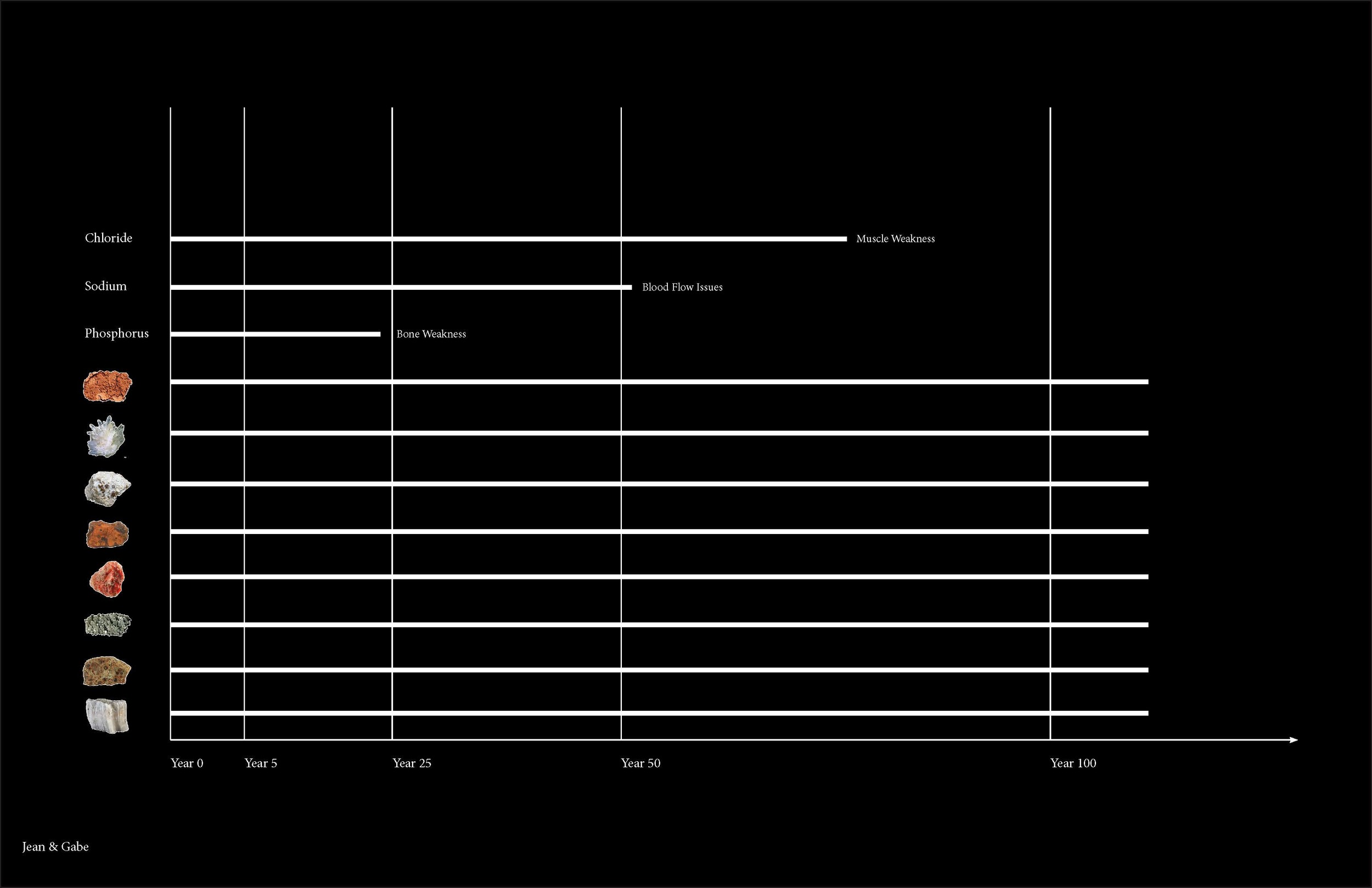Concept Sketch
Mars City Q&A
Gabriel Vidal-Hallett’s Answers
Our Question
Why are we going to Mars?
Pioneering Spirit of Humanity
Research
Tourism
Search for another home
Through the ages, humanity has time and time again braved new frontiers for a host of reasons most of which were rooted in our innate sense of curiosity. We crossed the seemingly boundless Atlantic Ocean in 1492. We set foot on our moon in 1969. Mars is our nearest hospitable planetary neighbor and by far the most electable candidate for our next foothold for expansion.
What's different about CMU architecture? What is a CMU education for you?
I originally came to CMU because of the technical expertise and many design-build programs hosted at the school. The architecture program is known for pushing architectural theory, concept and creativity while maintaining a strong foothold in the technical and constructible. Only through testing the limits of what we know to be possible can innovation be born.
What have we done as a class so far? What have you been learning about space?
As a class we’ve researched the planetary properties of Mars.
We’ve researched the human aspects physical, psychological and pragmatic of being in Space.
We’ve mocked-up and inhabited existing outer space habitats in order to analyze issues of comfort, experience and functionality.
We’ve spoken with various astronauts, scientists and architectural theorists about our designs and their own experiences.
Why architecture in space?
Any place where people are going to spend inordinate amounts of time requires thoughtful humanistic design. We shape our environments and our environments shape us. In a place where there is no escape or alternative it is crucial that the space one occupies is considerate of experience as well as the vast variety of needs one may encounter.
What is your project about?
Project Dandelion is the flagship for martian civilization. By creating closed-loop oases of earthly environments at targeted locations around the planet, people will be able to settle regardless of their intent and survive without reliance on supplements from earth.
Questions from the Mars City Design Competition:
What is unique about their design.
Project Dandelion makes use of the Martian Regolith and atmosphere to create the resources necessary to fuel human life. Only through place-specific design can we achieve efficient closed loop environments. This project considers feasibility while also looking at the larger questions of urbanization of Mars.
What innovation comes out of this design.
A possible method of naturally befriending the Martian soil, piece by piece.
A design that meets and exceeds the requirements of human life and psyche while maintaining a minimal impact on the environment.
Can it be used immediately on Earth to improve human life condition.
The concepts of localizing our resources and living with our food supply would help people understand exactly what goes into production and hopefully lead to a less wasteful culture.
Localizing also means no carbon footprint through plastics and fuel required to transport and store goods.
Local food would mean healthier people with less processed goods.
The qualities of curiosity and pioneering spirit drove Spaniards across the seemingly endless frontier of the Atlantic Ocean in 1492. In 1969 that same insatiable hunger launched NASA’s Armstrong, Collins and Aldrin out of the safety of our home planet and across desolate space to The Moon. Mars is our nearest planetary neighbor and our most feasible next point for expansion for a plethora of reasons. These reasons include research, a safety net for earthly failure and galactic tourism among many others. It is undeniable that people will occupy Mars. The only question is who will be the first to lead us.
Project Dandelion is the flagship for human life on Mars.
The single goal of project Dandelion is to create an autonomous habitat for a team of five researchers. Researchers at Project Dandelion will explore Mars and work to optimize human shelters on Mars. Through an iterative process we will learn how to optimize human life on other terrestrial bodies. This is the first iteration.
Project Dandelion aims to provide a sustainable source of oxygen, water and nutrition on Mars prior to the arrival of the first human team.
Dandelion pods trap 15’ radius bubbles of Martian regolith with breathing room for atmosphere and future plant life. Archaea are released into the pressurized bubble to digest and neutralize the toxic perchlorates in the regolith. Releasing oxygen gas as their waste and providing nutrients to the regolith as generations of their bodies decompose, Archaea provide the organic ‘groundwork’ for plant life in Martian soil. They also purify the briny water.
After an unknown amount of time for the purification process, Martian atmosphere is pumped into the pods to provide CO2 and raise the pressure to a suitable level. Dormant buckwheat, pea, and soy seeds are released into the Dandelion pods. These seeds are ideal for oxygen production and human nutrition.
By the time humans have arrived resources for human life are in sustainable production.











